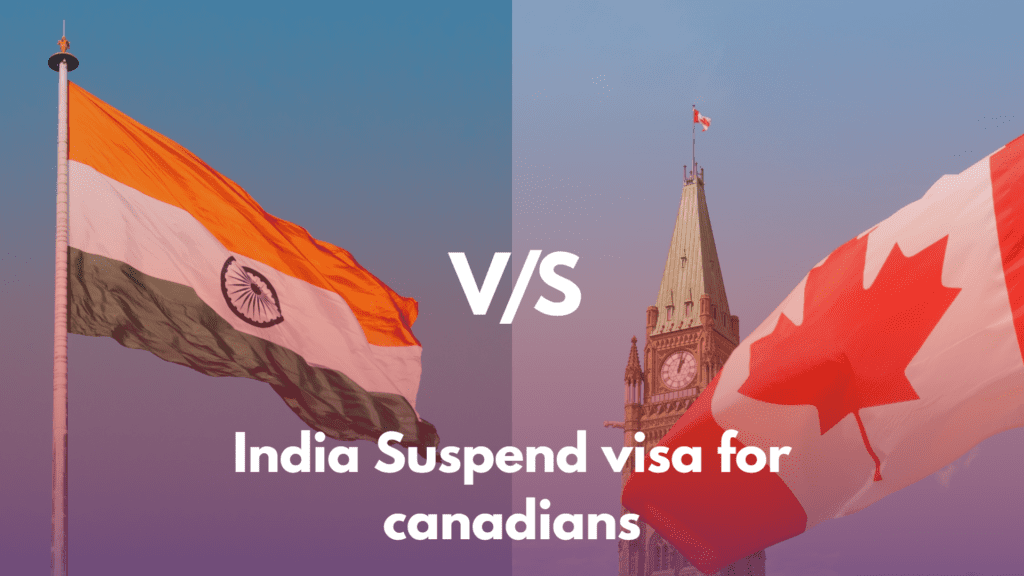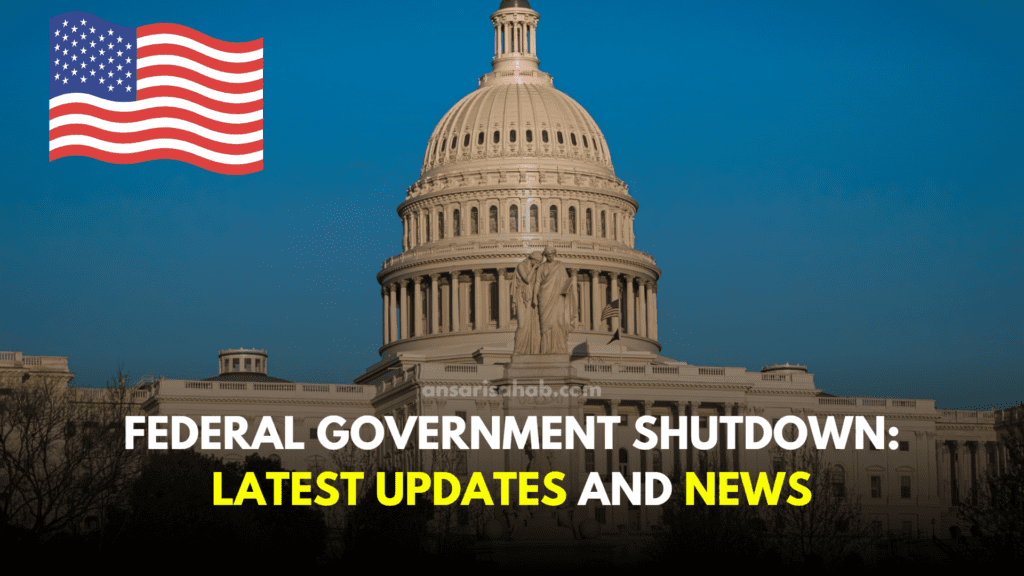India’s digital landscape is undergoing a massive transformation. At the center of this shift is the government’s renewed focus on the .IN domain, the country’s official internet identity. As of July 31, 2025, the Indian government has taken significant regulatory, security, and administrative measures to ensure that the .IN domain reflects national priorities, cybersecurity concerns, and economic strategies.
But what exactly are these changes? How do they affect businesses, developers, domain buyers, and the general public? And why now?
Let’s break it all down.
🏛️ The Government’s Strategic Move: Why .IN Is Under Focus
India’s IT Ministry, under the leadership of Minister Rajeev Chandrasekhar, has made clear that digital sovereignty is a national priority. With India being one of the fastest-growing digital economies in the world, the government believes the .IN domain should be managed, protected, and promoted with a stronger national approach.
Here’s why:
- Cybersecurity threats from foreign entities are rising.
- Data localization laws are being enforced more strictly.
- The Indian government wants to reduce dependence on foreign-controlled TLDs (.com, .org, etc.).
- India aims to promote Swadeshi digital infrastructure under the Digital India 2.0 initiative.
🔄 Key Changes as of July 2025
1. New Management Structure of .IN Registry
The .IN Registry, which was previously operated by NIXI (National Internet Exchange of India), will now operate under a joint oversight body involving:
- The Ministry of Electronics and Information Technology (MeitY)
- CERT-In (India’s cybersecurity watchdog)
- Industry experts from India’s public and private sectors
This governance restructuring is meant to improve transparency, accountability, and policy agility.
2. 🚫 Tighter Eligibility & KYC Requirements
Starting August 2025, domain registrants for any .IN domain must complete full KYC verification, including:
- Valid Aadhaar or PAN card for individuals
- Company registration documents for organizations
- Proof of address within India
This change is aimed at preventing fraud, phishing, and misuse of .IN domains by anonymous or foreign entities.
3. 🌐 Mandatory Hosting of Indian Content on Indian Servers
To ensure data sovereignty and faster local access, the government is encouraging all .IN domain holders to:
- Host websites within Indian data centers
- Use Indian CDN (Content Delivery Networks)
- Store user data locally under compliance with India’s Digital Personal Data Protection Act (DPDP), 2023
Though not compulsory yet, this may become mandatory for government-related .IN domains by early 2026.
4. 🚀 Incentives for Startups and MSMEs to Use .IN
To promote local digital identity, the government has launched a “Digital Bharat Domain Subsidy” under MeitY:
- Startups registered under DPIIT can get .IN domains at ₹99/year for the first two years
- Women entrepreneurs can avail further subsidies and priority registration
- NIXI is offering free SSL certificates and domain-based email solutions for small businesses
This is expected to boost Indian branding and reduce over-reliance on .com or foreign TLDs.
5. 🔍 Crackdown on Domain Squatting and Misuse
India is introducing new rules to deal with domain squatting, where people buy domain names just to resell them at high prices.
Key points:
- .IN domains with trademark violations can now be challenged via a fast-track arbitration mechanism
- Individuals with 5 or more inactive domains may face scrutiny for hoarding
- Penalties and cancellation of domains may apply for repeat offenders
This step aims to ensure fairness and make good names available to real businesses.
🔐 Enhanced Security Measures
With rising cyberattacks in the South Asian region, the government has made security a cornerstone of its .IN domain reforms.
Here’s what’s new:
- Mandatory DNSSEC (Domain Name System Security Extensions) for all government-related domains by Q4 2025
- Encouragement of multi-factor authentication for domain control panels
- CERT-In will have real-time access to DNS records of all .IN domains for threat intelligence
🧮 Market Impact: Surge in .IN Domain Registrations
Since the announcement of these reforms:
- .IN domain registrations have surged by 31% YoY in Q2 2025, according to NIXI data
- Startups are showing increased preference for .IN due to trust, SEO performance in India, and subsidies
- Indian companies operating globally are now preferring dual domains (.in and .com) for localized reach
Analysts suggest this could double the market share of .IN domains by the end of 2026.
💬 Industry Reactions
✅ Positive
- Startup ecosystem has largely welcomed the push, especially due to cost benefits and branding.
- Cybersecurity experts praise the KYC and DNSSEC reforms.
- Indian data center operators and cloud companies see this as a major boost.
❌ Concerns
- Some domain investors and digital marketers are worried about the strict anti-hoarding policies.
- International organizations operating in India may face higher compliance costs.
- Concerns around freedom of the internet and over-regulation have been raised by civil society groups.
🌍 Global Context: National Control of ccTLDs
India’s move mirrors a global trend where countries are asserting greater control over their country-code top-level domains (ccTLDs). For instance:
- China’s .CN is strictly monitored by the government
- Russia mandates local hosting for .RU domains
- UAE’s .AE also has specific eligibility and security requirements
India’s .IN reforms reflect a “Digital Nationalism” wave seen globally.
📈 Future Outlook
As India pushes further into AI, Web 3.0, and 6G, having a trusted, secure, and locally governed domain infrastructure will be key.
By 2026, the Indian government plans to:
- Expand .IN into regional languages and scripts (like .भारत, .ਭਾਰਤ)
- Roll out a domain resale and transfer policy under stricter supervision
- Enable blockchain-based DNS options for greater transparency
🧭 Final Thoughts
The Indian government’s robust intervention in the .IN domain space is not just about control—it’s about building a sovereign, secure, and self-reliant digital future.
For individuals, startups, and businesses, these changes bring both opportunities and responsibilities. Embracing the .IN domain today means being part of India’s digital growth story—under clearer rules, stronger security, and a national-first approach.









